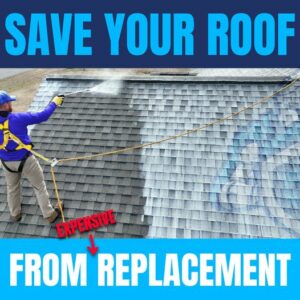
Revolutionize Your Roof Restoration Business with Roof Shield
The roof restoration industry has seen significant advancements in recent years, and Roof Shield is leading the charge with its innovative treatment system. Designed to

The roof restoration industry has seen significant advancements in recent years, and Roof Shield is leading the charge with its innovative treatment system. Designed to
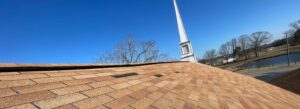
Ten reasons why roofs fail and what can be done about it. In this post, I will discuss the 10 reasons that cause roofs to
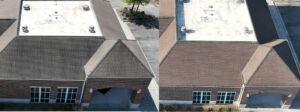
Roofing is essential to any building, be it a residential home or a commercial structure. Over the years, innovations in the roofing industry have led
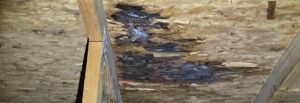
Leaks and water damage are major concerns for homeowners, especially in the southern US, where heavy rainfall and stormy weather are prevalent. Roof Shield’s asphalt
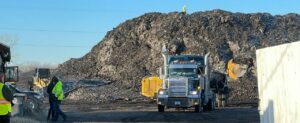
Asphalt shingles are a cost-effective and durable roofing material and the go-to material for most homes in North America. They are easy to install, affordable,
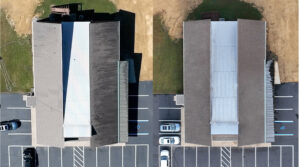
Asphalt shingle roofs are popular due to their affordability, durability, and aesthetic appeal. Over time, however, these roofs can succumb to wear and tear, affecting

Asphalt shingles are a durable and traditionally cost-effective roofing solution. Last time, we discussed the process of degranulation and how shingle-restoring products such as Roof
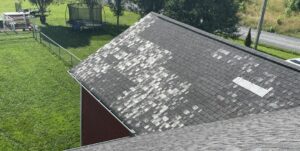
Asphalt shingles are a popular choice for residential roofing due to their affordability, durability, and ease of installation. However, over time, they can be susceptible
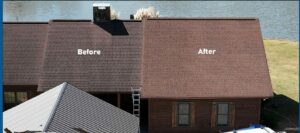
Your roof is more than just a protective barrier against the elements. It is also a critical factor in determining the value of your home.
A well-maintained roof is crucial for protecting your home and enhancing its appearance. Over time, roofs may deteriorate due to harsh weather conditions, organic growth,